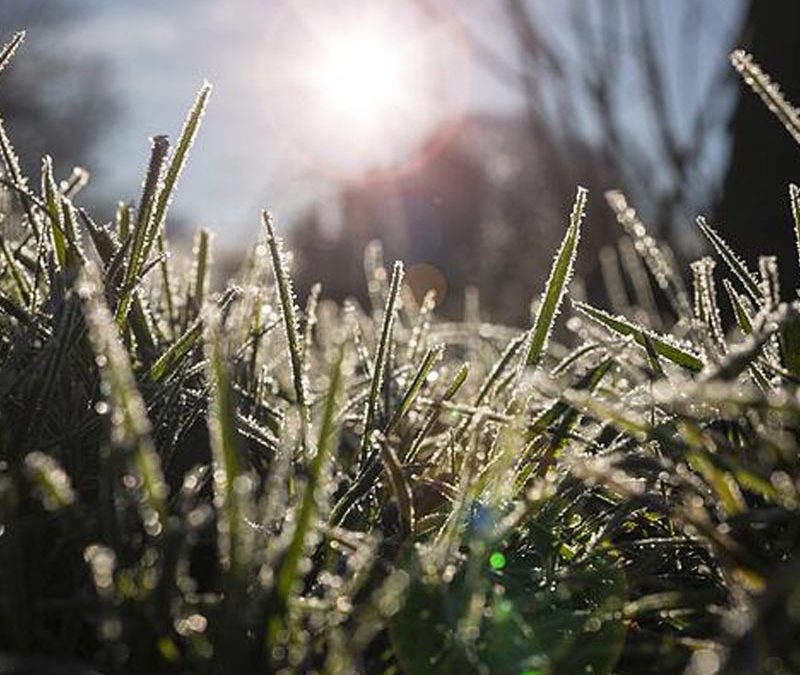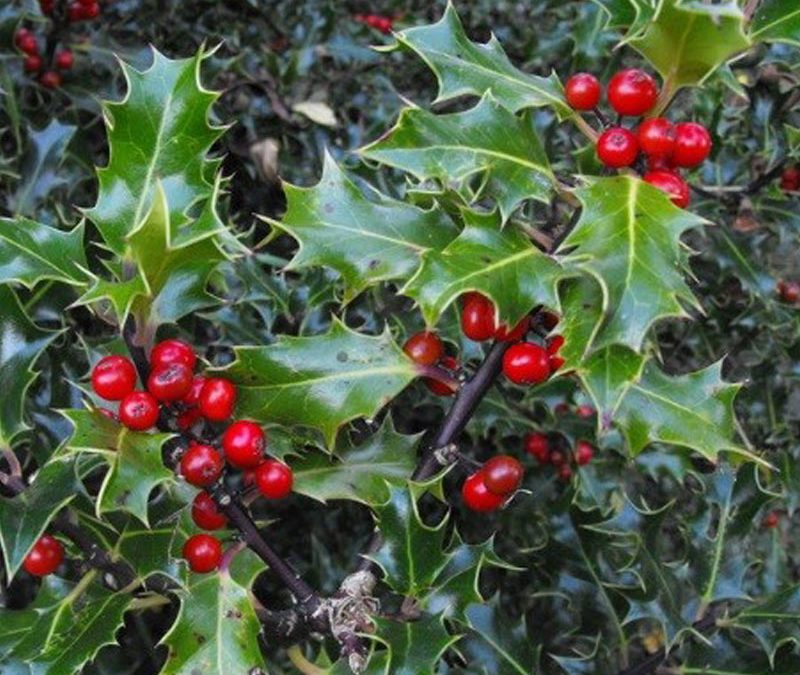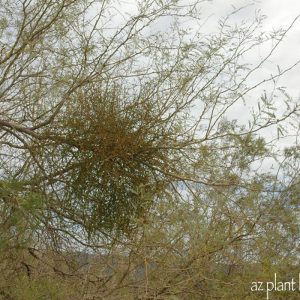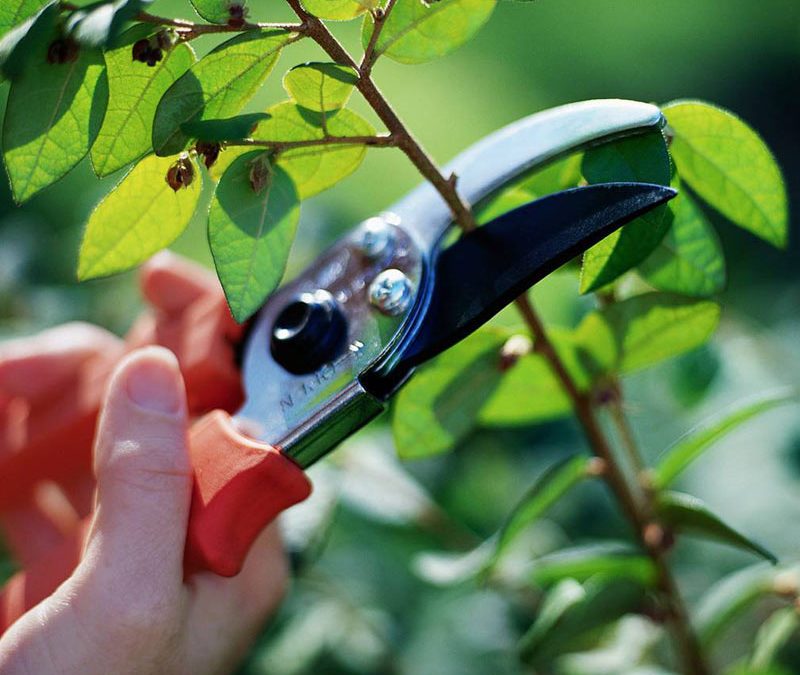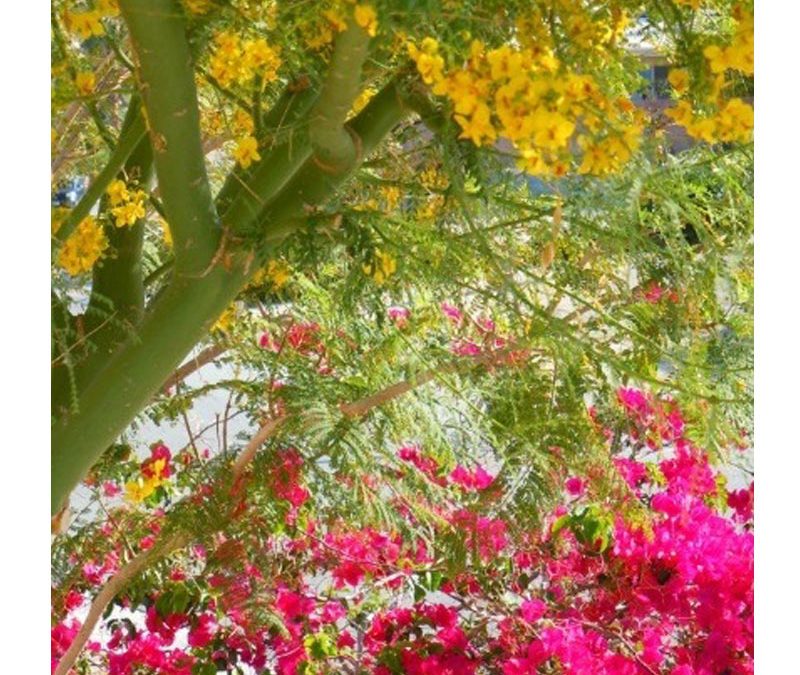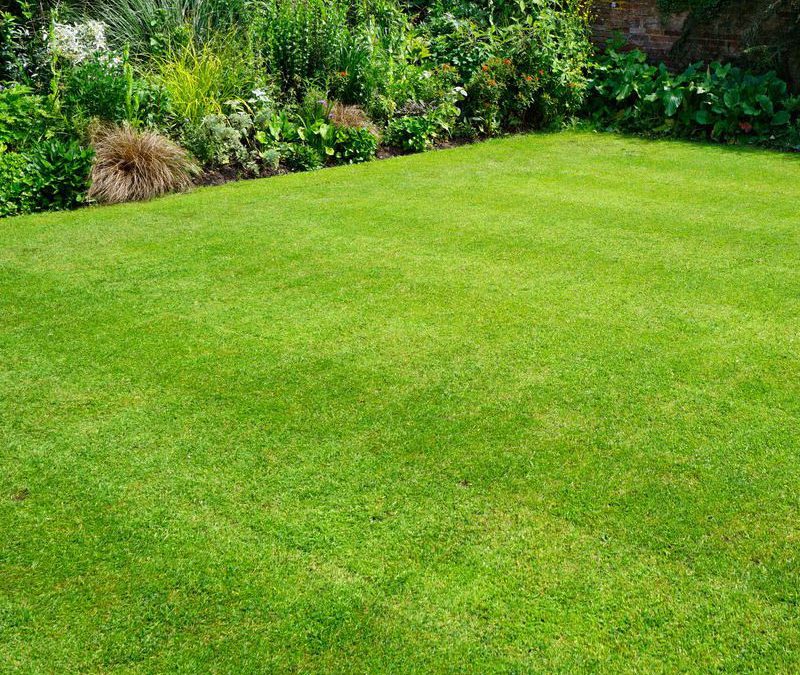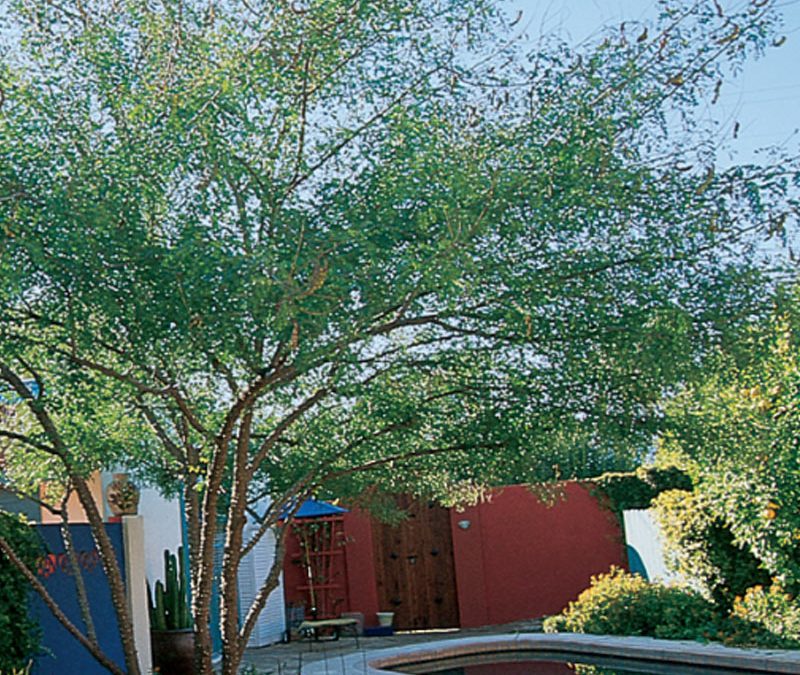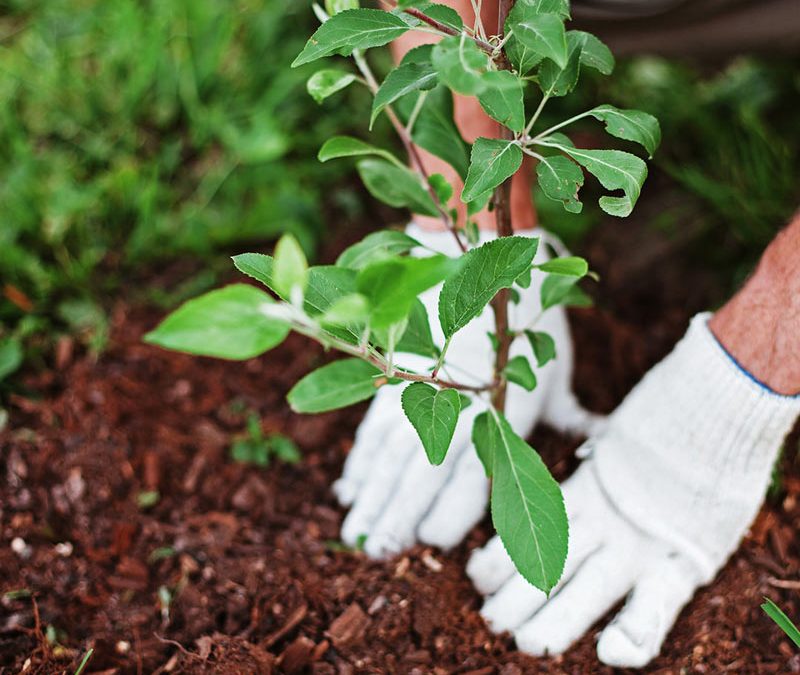October brings in the Harvest Season for many parts of our World. In the Metro Phoenix area it brings cooler tempuratures and the opportunity to create a Winter lawn worthy of the term “green carpet”. Rye grass is considered a Blade Grass and stands straight up. When given the optimum environment it will reward the owner with unsurpassed deep green color and a soft, cool play area.
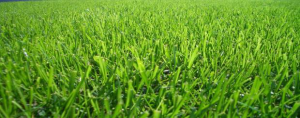
There is a short window to seize the optimum moment to create the lawn, which is typically in mid-October. “Create” is the key word with Rye grass. Today’s Rye grass varieties are considered Perennial, but usually will not make it through a Phoenix summer unless the lawn is in deep shade. The growing seaon for Rye grass is from October to June. In July, as heat soars the sensitive Rye grass will succumb to ambient heat and turn brown. If you have Bermuda grass lawns, the Bermuda will have to be prepared for the sowing of the seed. If the Bermuda is prepared too early it will grow back while your Rye seed is trying to grow. If the Rye grass seed is sowed too late, such as late November, then the cold tempuratures will stunt the growth and the lawns will not thrive until February. Our goal is to have a perfect lawn by Thanksgiving Day to show off to your friends and family. The following is a short guideline to follow for achieving a winning winter lawn.
BERMUDA PREPARATION:
Preparation begins with slowly cutting back the amount of irrigation provided to the lawn, up to a 50% reduction in late September. Do not fertilize the Bermuda in September! This will create competition with your new Rye grass seed. One week before switching to the Bermuda, cut the irrigation 100%. Caution should be exercised if you have trees in the Bermuda lawn, as they may wilt.
It is recommended to perform a soil test to determine the fertility of your soil. This will determine what your Rye lawn will need for nutrients.
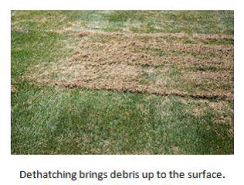
The Bermuda lawn can be dethatched to remove excess layers of buildup that could impede the seed from touching the soil surface. The final step of preparation is to cut the Bermuda lawn to a height not to exceed ¾ of an inch. This will protect the seed and prevent damage to the Bermuda lawn for next year.
SPRINKLER SYSTEM:
The most critical element for the success of germination is proper water availability. Too dry and the seed will not swell and germinate, too wet and the seed will rot or contract fungal dieseases. Evenly balanced coverage of sprinklers is the key.
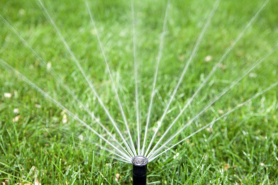
Now you’re ready to sow the seeds of success.
RYE GRASS SUCCESS:
Apply the seed in a criss cross pattern at a rate of ten pounds of seed per thousand square feet. Along the edges of curbs and sidewalks use a drop type spreader to prevent growing in cracks and granite planters. Thicker seed coverage does not mean greater success, so stick with the recommended rates.
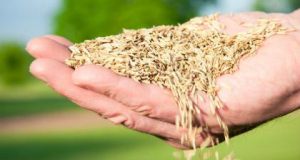
Set your sprinklers to cover the seed to runoff and stop. Water the seed every two to three hours and at least once during the night.
The standard 7 day germination cycle will bring the first batch of growth and at 14 days you should have a one inch carpet. This is the time to apply the first application of fertilizer based on the mixture determined by your soil analysis. If the first fertilizer application is missed, yellowing will set in. At 21 days, cut your sprinkler frequency back to once or twice per day. At 30 days, apply the second application of fertilizer to set the nutrient levels in the grass.
After 30-45 days it should be close to Thanksgiving Day. The first mow should be done when the grass is at a height of between one to two inches. It is recommended to keep the cutting height high for the first two mowings until the turf thickens up. The optimum cutting height for Rye grass is three inches.
SECRETS FOR SUCCESS:
Ants “love” Rye grass seed and they will find and harvest it. To prevent this, add a tablespoon full of granular bait to the seed applicator at the time of sowing. There is no defense against birds. They will win the battle. Add an extra pound to feed them and they will eventually get full and move on.
Between Thanksgiving and the New Year, we typically experience a frost. The third application of fertilizer should be done during this time in late November or early December. Use a fertilizer specially formulated for cold weather with Iron supplements to hold the deep green color through the cold snaps.



